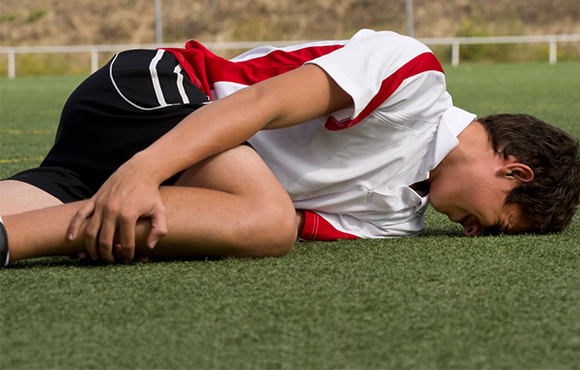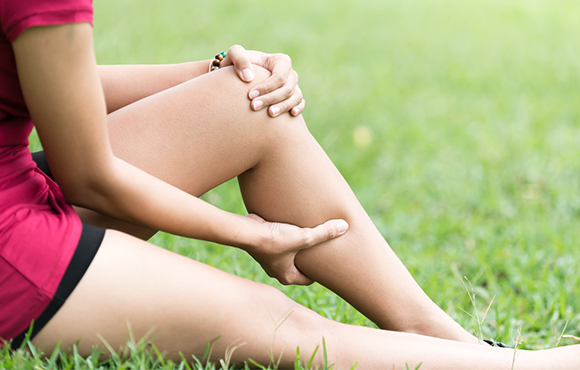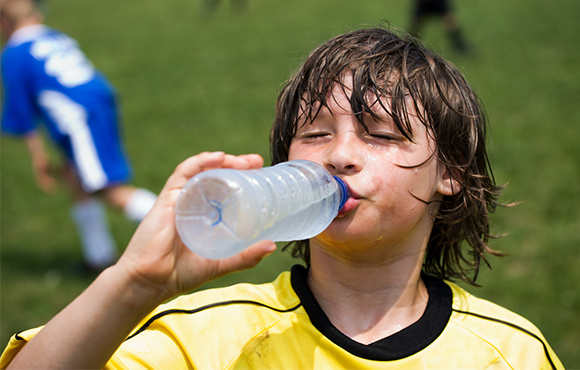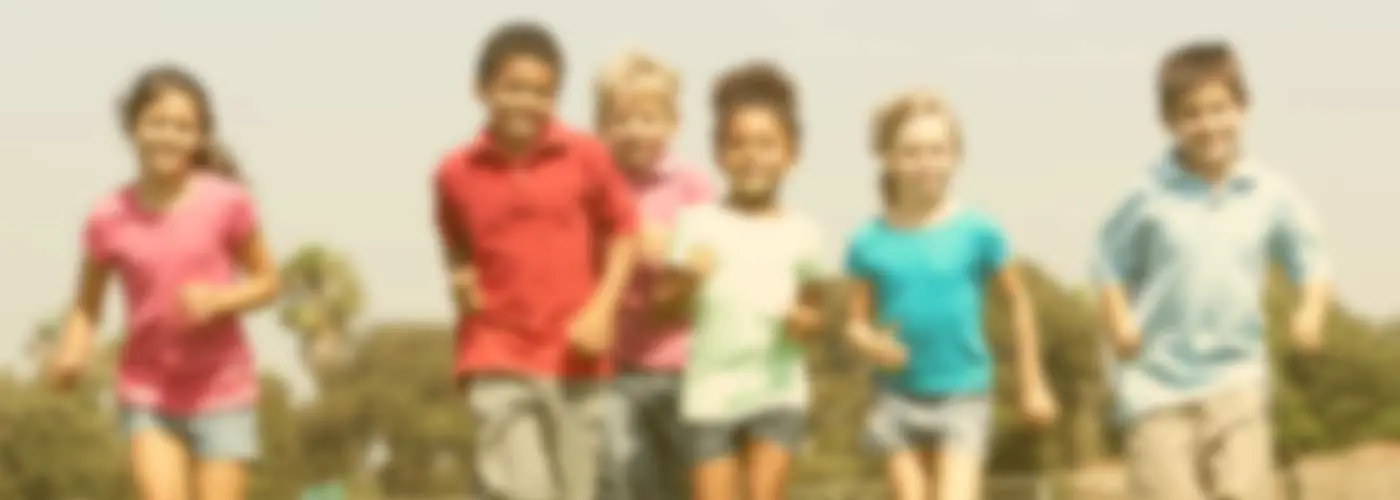Hydration and sunscreen are a given, but that might not be enough if your child has a multi-day soccer tournament or 8-hour swim meet.
Learn about the most common heat-related illnesses--and how to treat them--so your little athlete can stay in the game and off the sidelines.
Signs of Heat Stroke
2 of 11
Heat stroke is the most dangerous heat-related illness, and it's important to know the difference between heat stroke and heat exhaustion. Heat strokes can be identified by a high body temperature (103 degrees or higher), red and hot skin, a strong and fast pulse, dizziness, loss of consciousness, confusion or nausea.
Treating Heat Stroke
3 of 11
The first step to treating heat stroke is to immediately seek medical attention. While you await attention, move your child to a cooler place and help lower their body temperature with ice and cold towels. Do not give your child anything to drink.
A heat stroke is preventable with proper hydration and avoiding prolonged exercise in dangerously high temperatures.
Signs of Heat Exhaustion
4 of 11
Heat exhaustion can be very serious, but if you spot the signs early, it's not life-threatening. Symptoms of heat exhaustion include heavy sweating, clammy skin, nausea or vomiting, muscle cramps, weakness, dizziness, headache or fainting.
Treating Heat Exhaustion
5 of 11
Get medical attention if your child is vomiting from heat exhaustion or if symptoms persist for more than an hour, but otherwise, there are steps you can take to treat it without medical help. Move your child to a cool location, loosen their clothes to allow maximum airflow, draw a cool bath, use cold towels and provide plenty of cool water.
Signs of Heat Cramps
6 of 11
Heat cramps are very common during the hot summer months and can be identified by muscle pain and spasms, as well as heavy sweating. Heat cramps are often a cause of dehydration and overexertion in high temperatures.
Treating Heat Cramps
7 of 11
To treat heat cramps, stop physical activity and move to a cool place. Wait for the cramps to go away and try to stretch the cramped muscle. Drink water and/or a sports drink to replenish electrolytes.
Signs of Heat Rash
8 of 11
Heat rashes are easy to spot and look like tiny red blisters. It typically appears on the neck, chest, groin or elbow creases.
Treating Heat Rash
9 of 11
To avoid heat rash, stay in a cool, dry place. Treat heat rash by keeping it dry and use baby powder to soothe the rash.
Signs of Sunburn
10 of 11
Sunburns are typically the easiest summer illness to spot and treat, but sometimes symptoms don't appear until it's too late. Clear signs are painful, red and warm skin--and in extreme cases, blisters. To avoid sunburns, thoroughly apply a sunscreen with high SPF and re-apply throughout the day.
Treating a Sunburn
11 of 11
To treat and heal sunburn, first, stay out of direct sunlight while it heals. Put cool clothes on the burn or try taking a cool bath. Moisturize with aloe and lotion. If blisters appear, avoid breaking them and let the skin heal naturally.







Discuss This Article